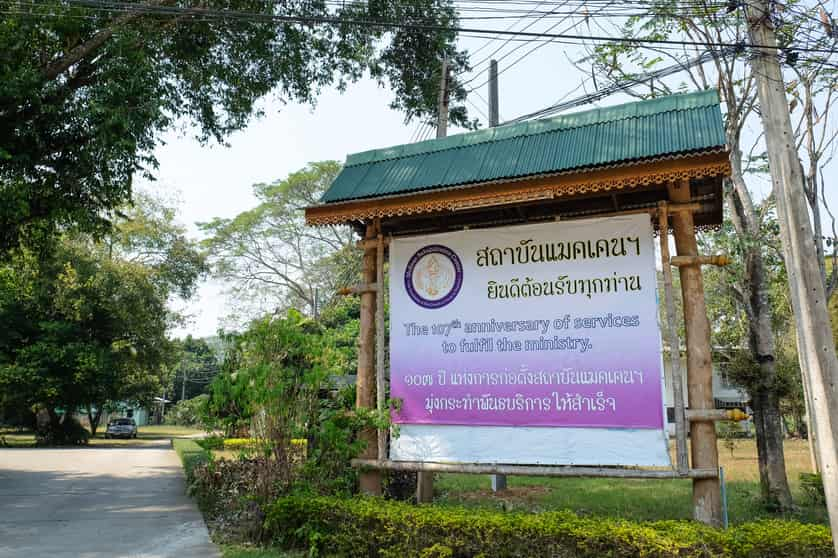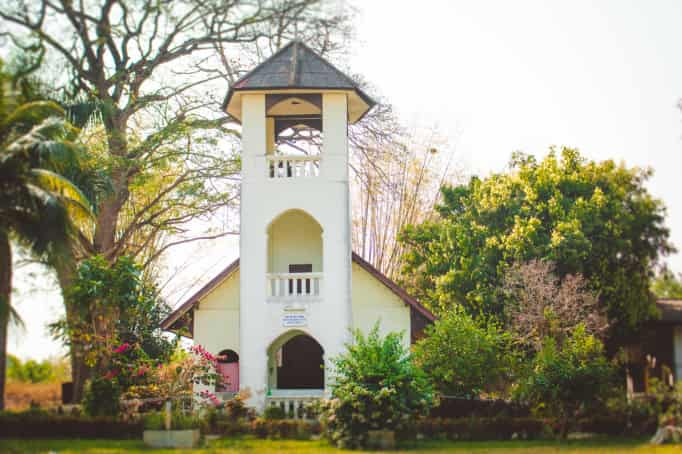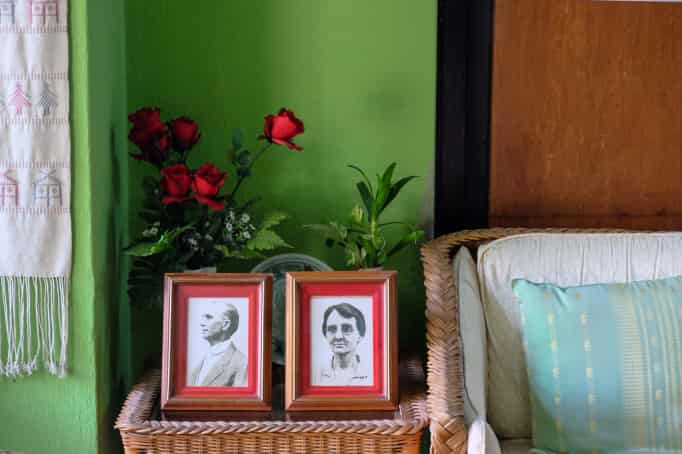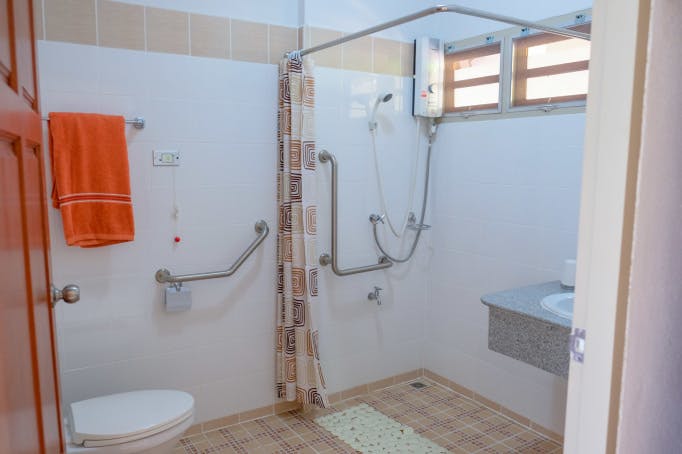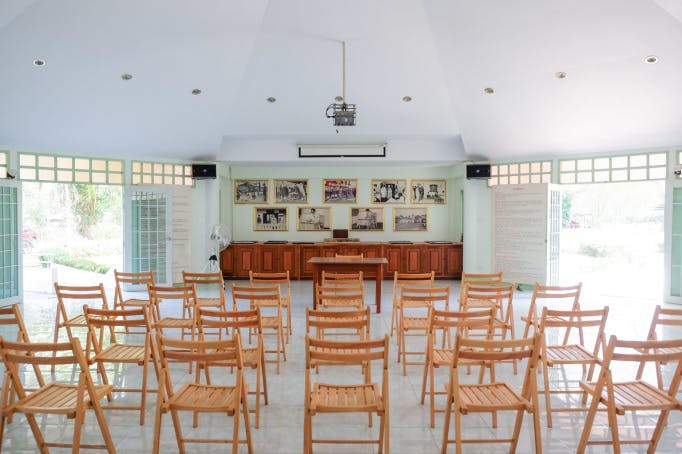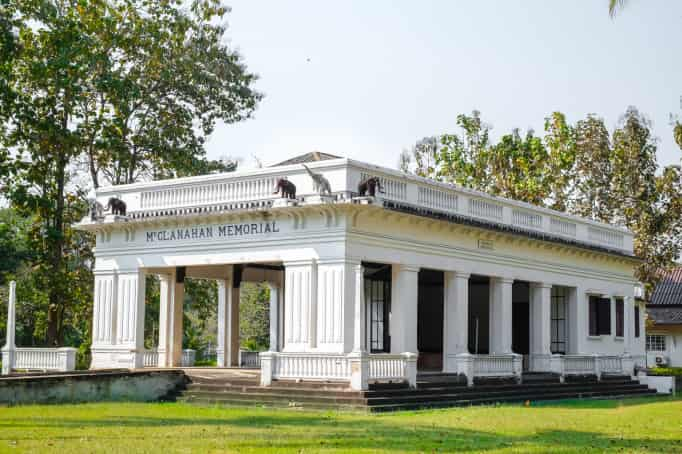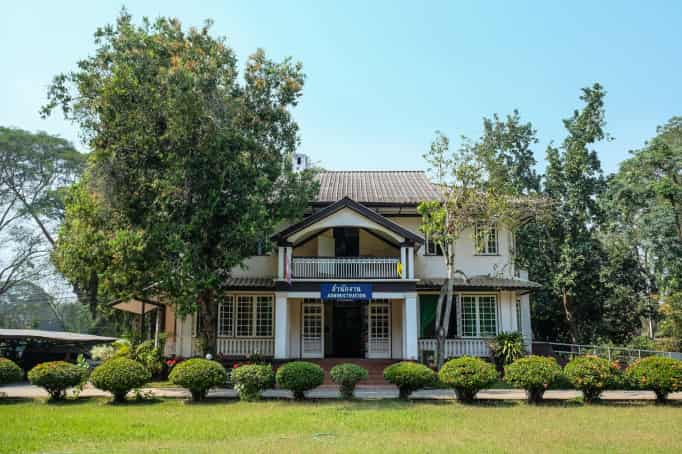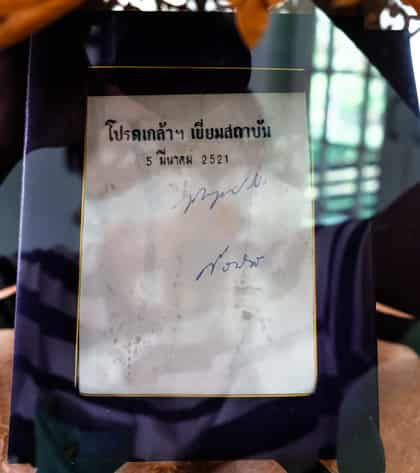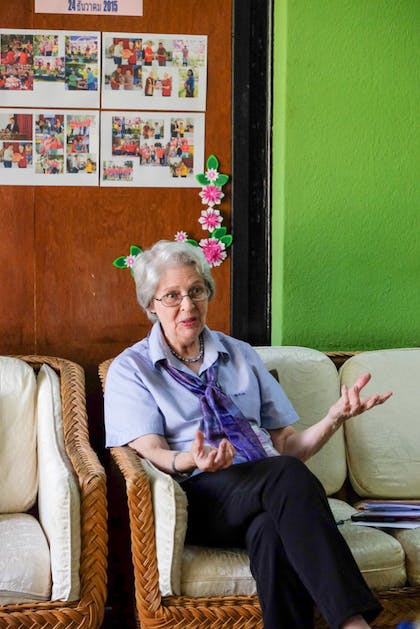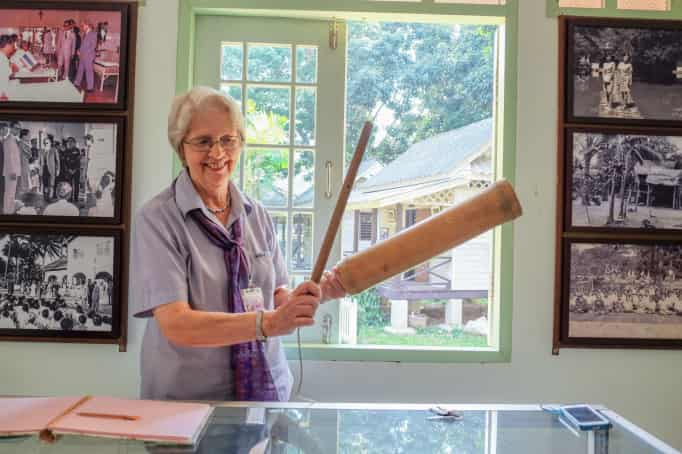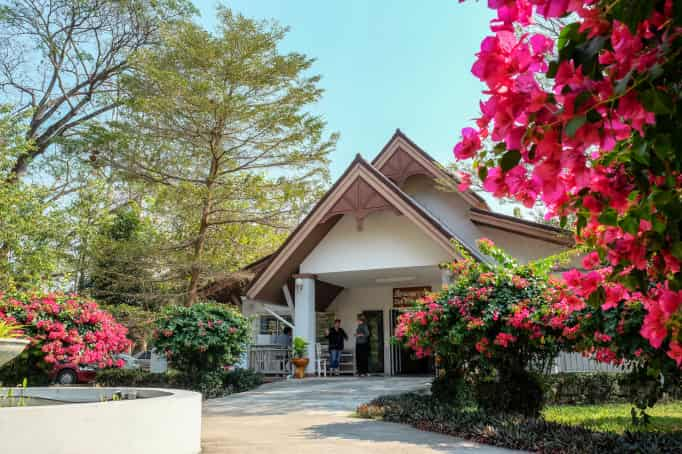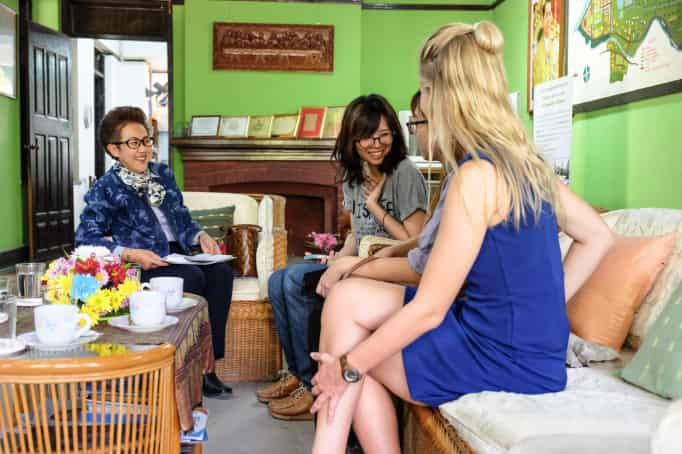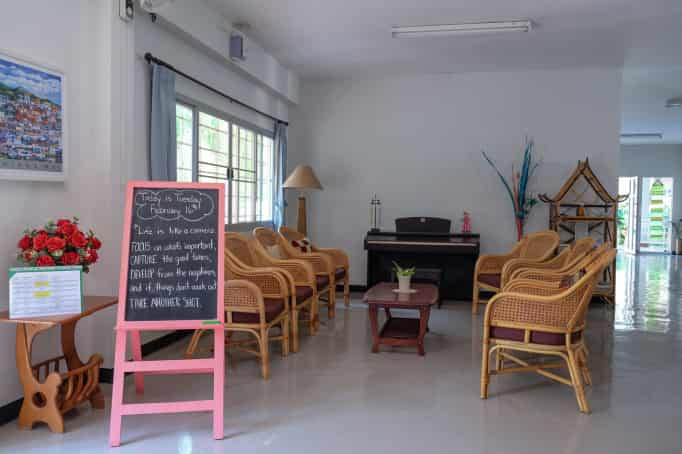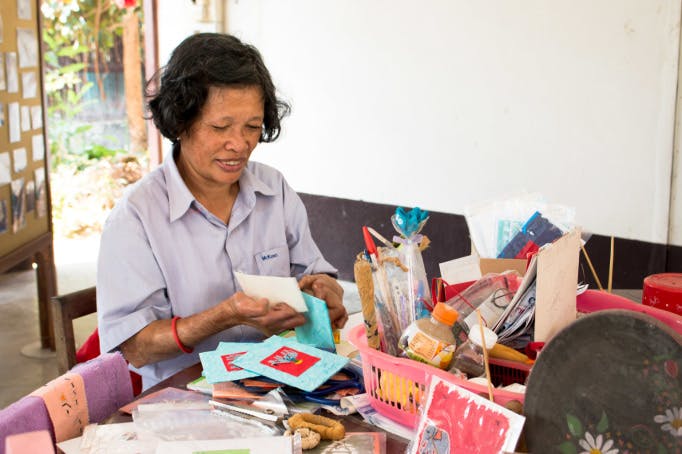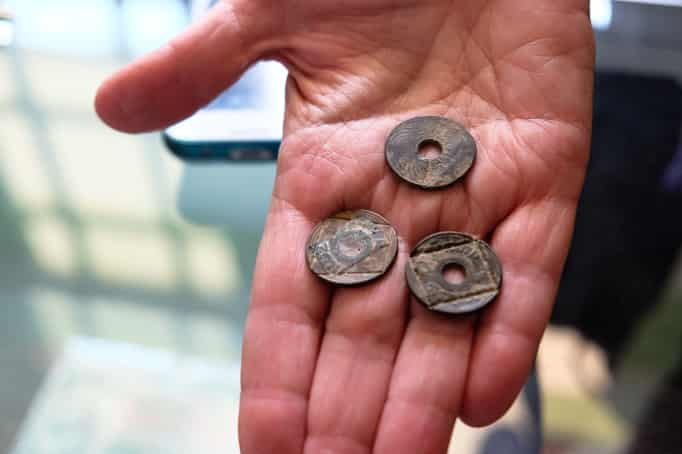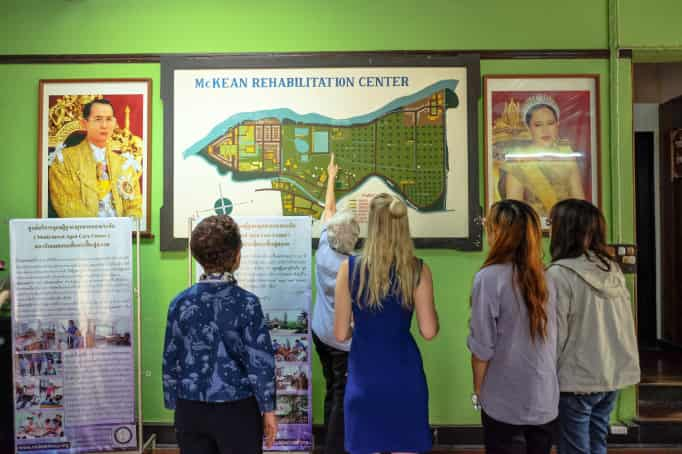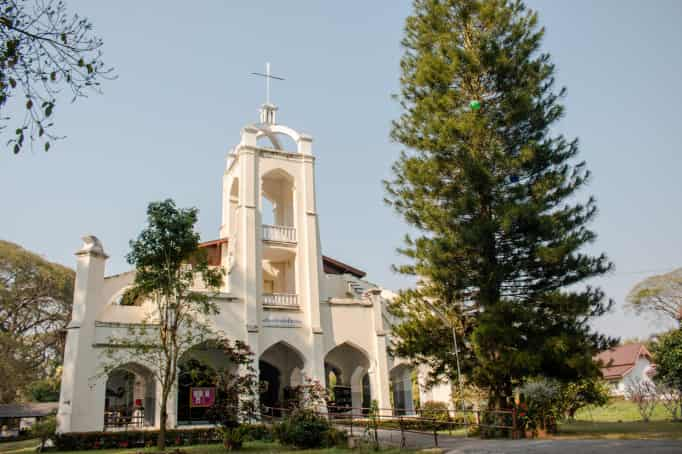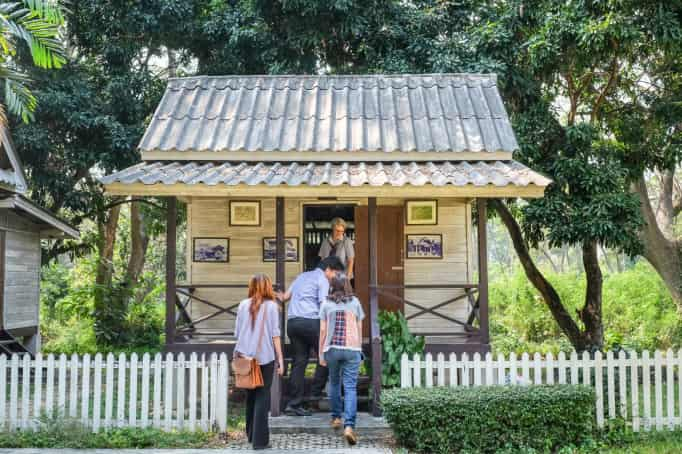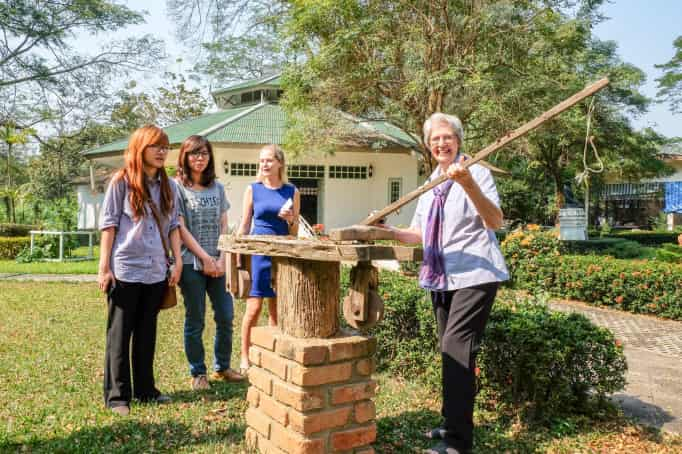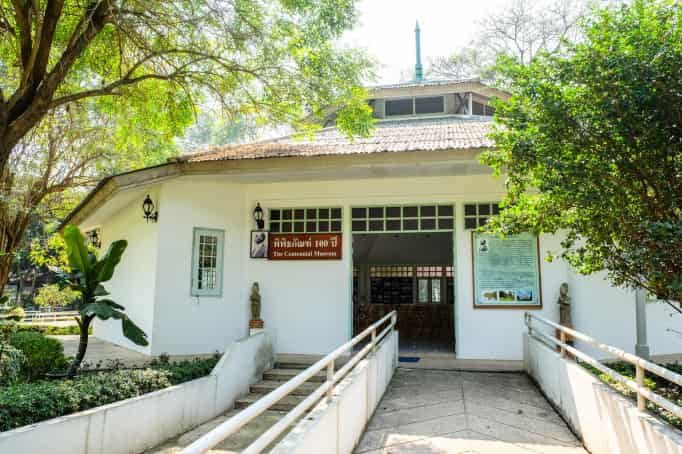In 1907 American missionary Dr. James W. McKean officially asked the then-ruler of Chiang Mai, Chao Inthawarorot Suriyawong, to donate land to found a leper colony, a much maligned, and socially unaccepted disease which was fairly common in those days. Chao Inthawarorot therefore donated an island in the Ping River, which was where the rulers used to keep their elephants, and where locals didn’t like to venture in fear of spirits of white elephants, called Baan Koh Klang, a 300 rai piece of land which in 1908 became the McKean Leper Asylum. McKean started off with six patients but it didn’t take long for lepers far and wide to hear about it and come seeking treatment, soon there were thousands of residents on this island.
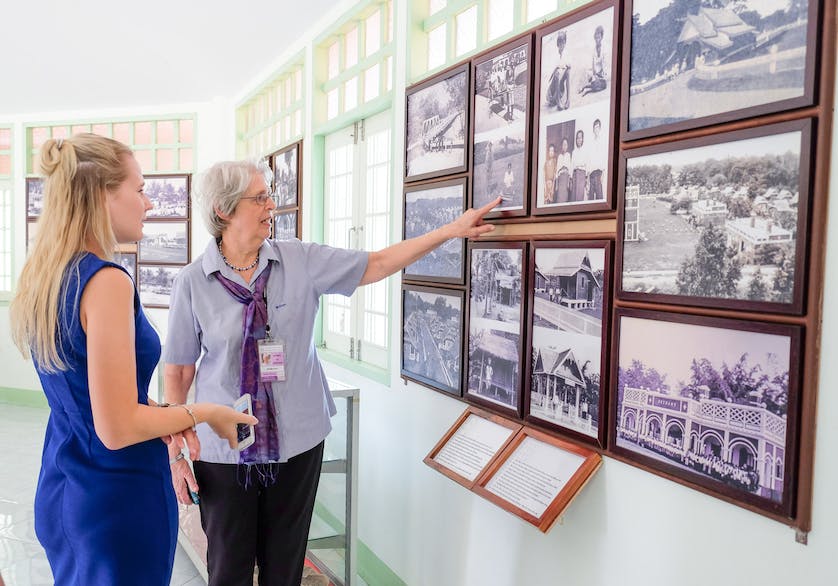
There was no cure for leprosy until the early 1980s, but patients at McKean received care and support – food, comfort and compassion – and most importantly for many, shelter from the stigma of society as well as a well organised community. McKean’s residents grew so large, and were so socially cut off from the greater population, that soon there were schools, shops, community centres, their own currency, and even an island police force. After the cure for leprosy was widely available, new cases of leprosy dwindled to such an extent that there were only a few hundred new cases in Thailand per year (500 cases in 2007) and by the mid 1980s McKean began to adapt, turning itself into a rehabilitation centre. There is an old people’s village in McKean, however, where the elderly, cured of leprosy, but with no family left – nor willing – to take them in, continue to live.
Over the years King Rama VII, His Majesty the King and Queen of Thailand, Prince Philip and Queen Elizabeth II (1972) and many other diganataries and royals have visited, many donating generously, helping with facilities, medicine and infrastructure.
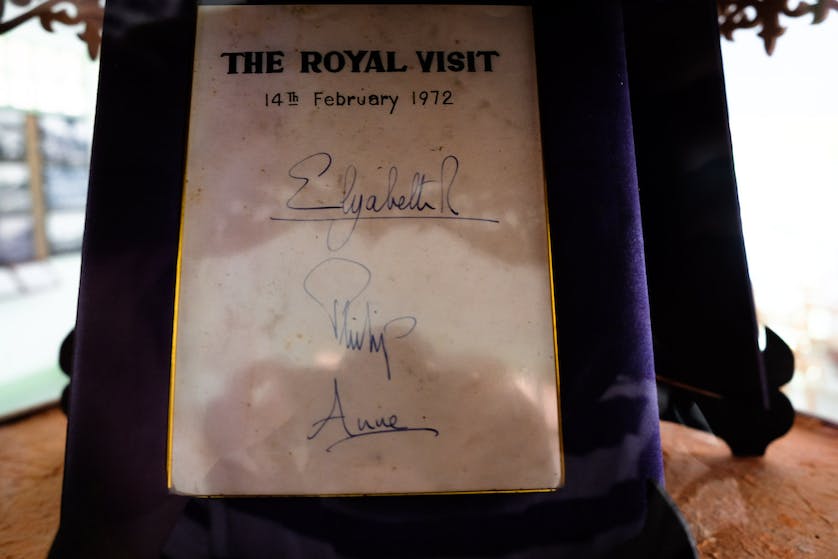
A small bridge takes one across onto the island, large rain trees canopying small winding roads (Chiang Mai’s first road was donated by the generous prince and led straight from the city to McKean), old colonial style churches, water towers and small residences making one feel as though one was stepping not only into another world, but back in time. A guard at the gate, fingers gnarled from leprosy past, welcomes visitors to this island with such history (read all about McKean’s fascinating history here http://www.mckean.or.th/history/).
By the turn of this century, McKean had been recognised as one of the leaders in leprosy and community care, setting an example followed by many other countries around the world. Today the handicapped, those in need of surgery, rehabilitation and the very poor come to McKean seeking health and help. The able bodied help those less so, there is vocational training, education, and all number of support and help for those in need. McKean has even opened up a retirement home for Thais and expatriates on its grounds.
McKean is a wonderful place where thousands of people over the years have found not only medical cure, but personal happiness. If you have a moment, grab a bicycle, and take a ride around this historic island.
